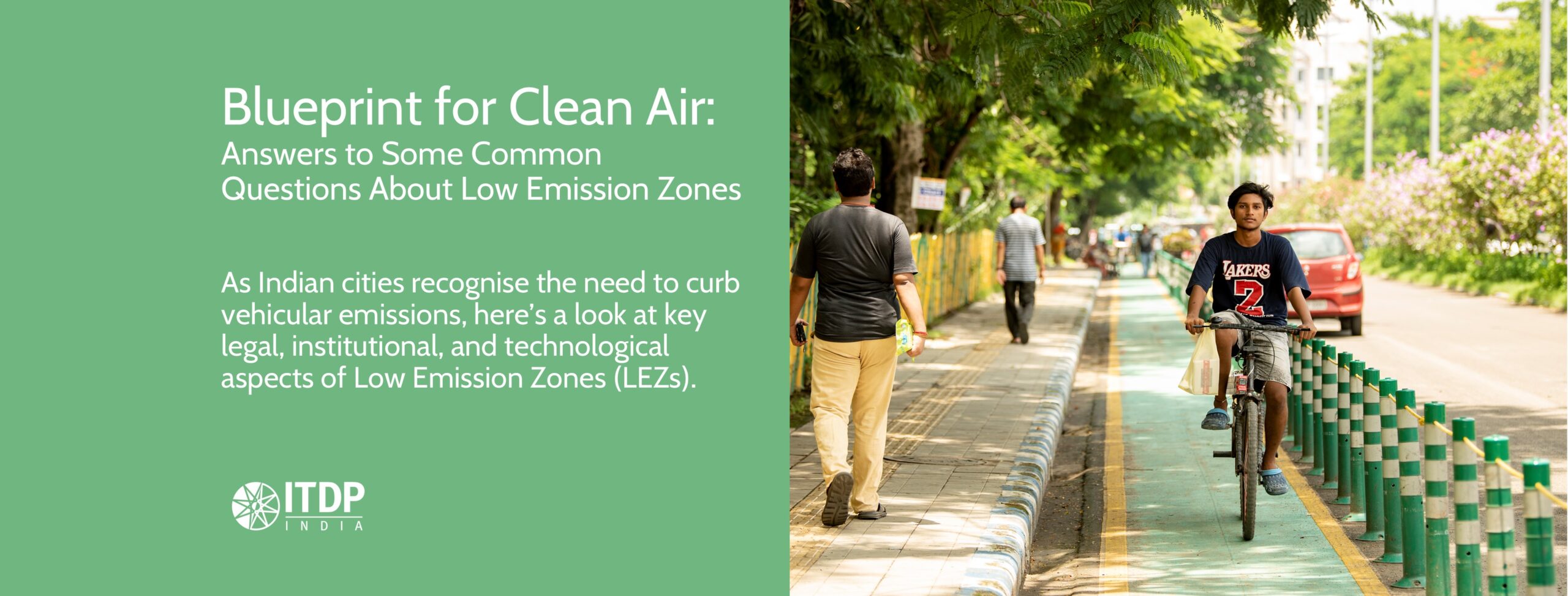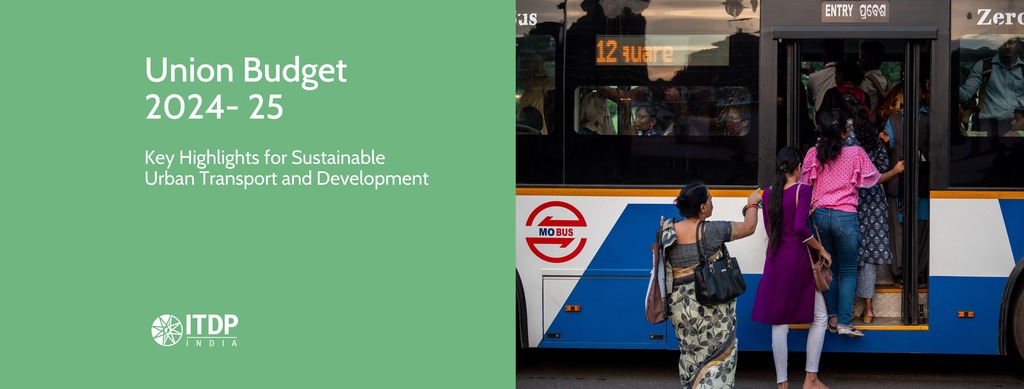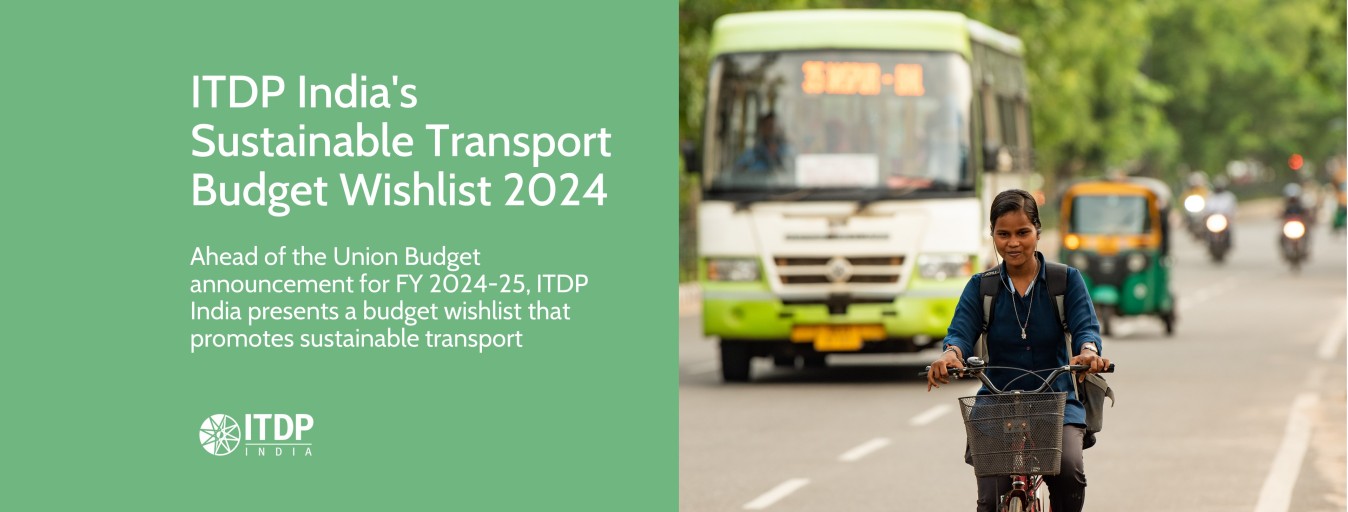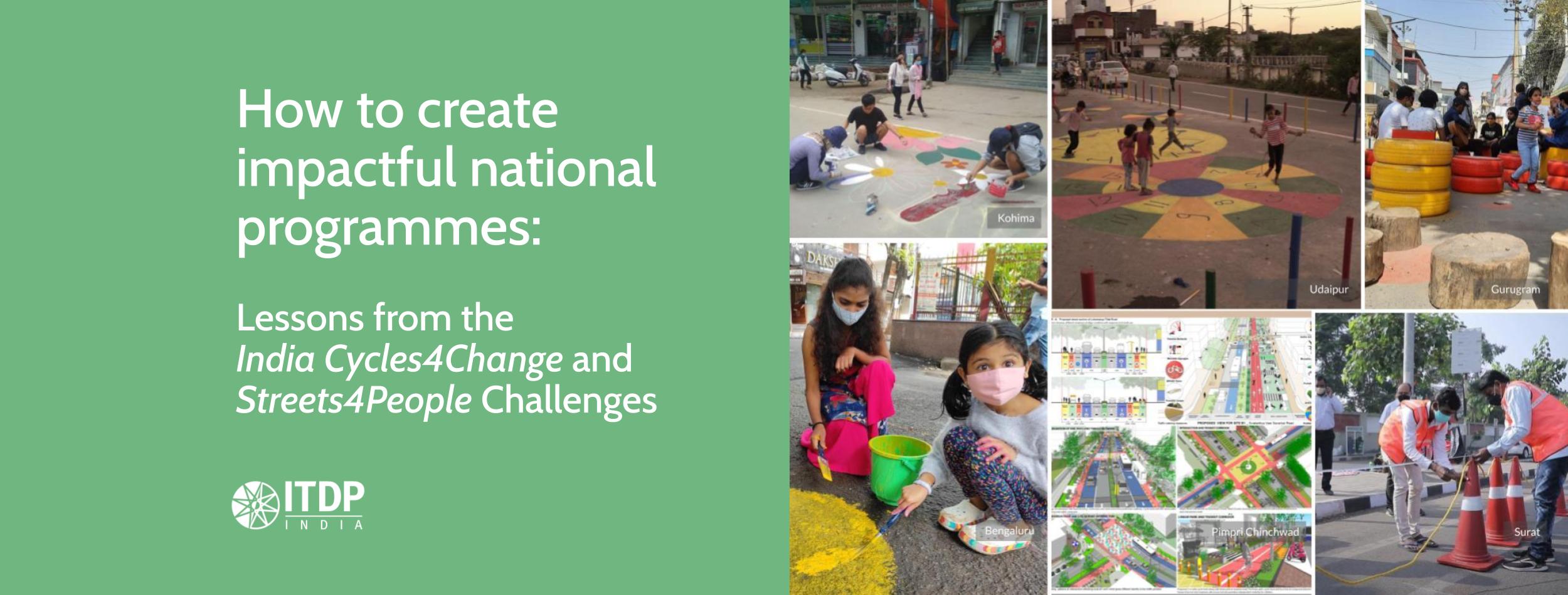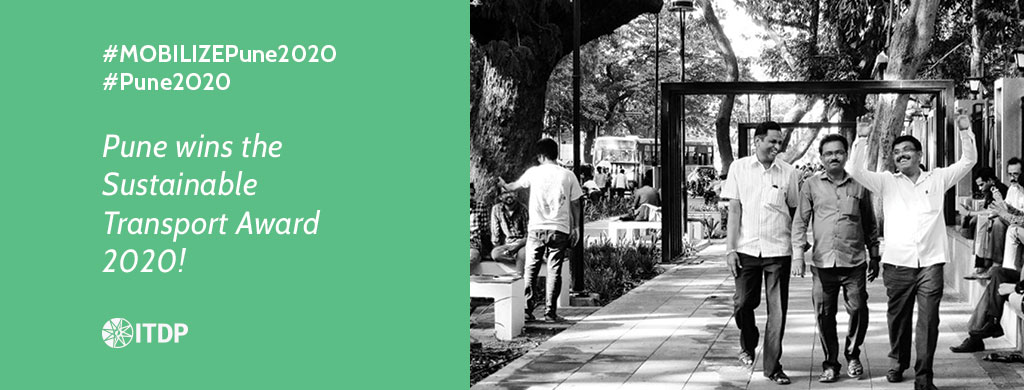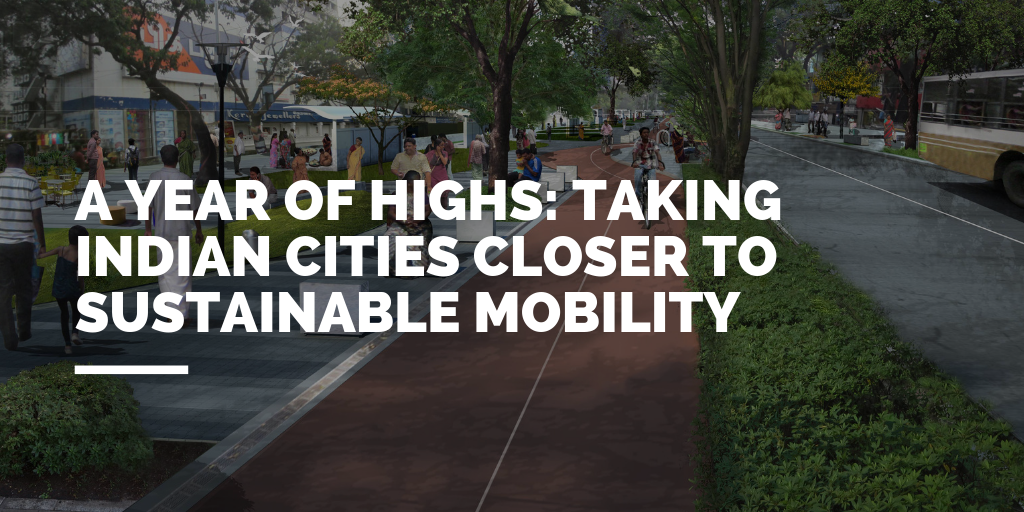With the idea of Low Emission Zones (LEZs) gaining steam in India, here are a few concepts on the Legal, Institutional, and Technological aspects of vehicular emission.
A recap of Urbanlogue 4.0 Episode 2
LEZs are the need of the hour to arrest the invisible yet harmful impact of vehicular pollution. However, the entire subject can be challenging to grasp. Alongside figuring out the enforcement technology and monitoring, in India, data quality and impacts on marginalised communities add to the complexity.
On September 18, ITDP India and ICCT hosted a webinar featuring six experts, moderated by Amit Bhatt, India Managing Director, ICCT, wherein they unwrapped these concepts by sharing their journeys from managing air/vehicular pollution in cities like Delhi, Pimpri Chinchwad, and Surat, alongside insights from Brussels and Seoul. You can watch the full webinar here.
Here are seven frequently asked questions around Low Emission Zones, which were answered during the webinar.
1. What are the technologies available to enforce Low Emission Zones and which is best suited for Indian context?
Parin Visariya, Deputy Manager at ITDP India, highlighted two key enforcement methods for India: Automatic Number Plate Recognition (ANPR) and Global Navigation Satellite System (GNSS).
“What’s currently feasible in India is ANPR, which uses cameras to read vehicle number plates and deduct fees for entering Low Emission Zones,” Visariya explained. GNSS, an alternative, connects to an on-board unit inside the vehicle via a cellular network to charge fees, though the unit costs INR 8,000-10,000.
Srinivas Ganji, Solution Delivery Director (Urban Transport), Arcadis, discussed the challenges of both. ANPR faces issues like low visibility due to weather, traffic congestion, and low-light conditions. However, due to improved algorithms and infrared cameras, the efficacy of ANPR system is close to 90%.
Regarding GNSS, Ganji pointed out a few concerns. “A lot of incentives will have to be given to maintain the onboard unit. Privacy is also a concern as all movements can be tracked and it’s still a question on who will bear the charges of transmission of the data.”
2. Are our vehicle emissions measuring methods robust enough?
Vaibhav Kush, Researcher at ICCT, highlighted the importance of accurately monitoring emissions for implementing LEZs. Currently, India measures pollution at two stages: during vehicle prototype testing before the production and through Pollution Under Control (PUC) checks. However, these methods only reflect emissions under controlled conditions, either in labs or when vehicles are stationary. Neither show actual pollution levels emitted. Factors like load, maintenance, driving habits, road surface, traffic congestion impact emissions.
ICCT’s 2022 study in Delhi using the roadside sensors revealed a significant gap between tested and real-world emissions.
3. What are the various legal routes to implement LEZs
Vaibhav Kush, further elaborated on the legal routes to establish LEZs. He explained that LEZs require legal backing for notifying the LEZ area, restricting polluting vehicle type, imposing fines and more. There are legal provisions available at national, state and city level. It depends on which government is initiating it. Vaibhav highlighted the cases of vehicle restrictions implemented in Delhi, Taj Trapezium Zone in Agra, Kevadia in Gujarat. He also highlighted a case where judiciary (Supreme Court) ordered the Delhi government to levy the environment compensation charge.
He highlighted that the Air Act of 1981, Central Motor Vehicle Act of 1988 and state laws like Maharashtra Municipal Corporation Act 1949, can enable LEZ implementation.

4. How robust should the city’s pollution monitoring network be?
Ronak Sutaria, Founder and CEO, and Kevin Joshi, Product Engineer and Researcher, from Respirer Living Sciences, emphasised the need for robust and dense pollution monitoring networks to implement LEZs. For Surat Municipal Corporation (SMC), they deployed low-cost monitoring machines to measure PM 2.5 and 10 across 20 locations, focusing on densely populated areas. The data was shared with SMC and revealed nuanced results—PM 2.5 levels spiked during morning rush hours at certain junctions, while industrial areas peaked in the evening, and commercial zones showed higher levels during weekends. Regular analysis enabled tailored decisions and actions.
“We need data analytics specialists, to help city corporations make informed decisions,” Joshi stated.
On data accuracy, Ronak also highlighted that it is important to understand the purpose of using the data. Based on technologies and their cost, data accuracy can vary between 70%-90%.
5. Is crowdsourcing of pollution data the way ahead for monitoring and predicting pollution levels in micro levels?
Dr Suraj Ghosh, Associate Counsellor from CII- ITC Centre of Excellence for Sustainable Development, shared that their pollution monitoring and forecasting model was built on crowdsourced data. Their new model integrates emission inventories, meteorological data, live traffic, ambient air quality, and sensor data. By applying the Chemical Transport Model, they can predict pollutant levels for the next 72 hours, which aids measures like the Graded Response Action Plans.
Their model achieves a resolution of 1 km x 1 km down to zone and ward levels, with the potential to enhance accuracy to 200 meters, though data quality remains a concern. “To improve accuracy of forecasts, we need good data,” he shared.
6. What can cities in India learn from international cities like Brussels, Seoul, and London?
Anindita Ghosh, Senior Researcher, UITP, shared several insights from different cities’ LEZ experiences. In Brussels, citizens were proactive in pushing the government to implement LEZs. In Seoul, LEZs were introduced only in the Business Zone, a model that could work in India as well.
In all these cities, including London, effective communication played a vital role. “Engaging citizens consistently is key. Making them part of the process is essential,” Ghosh said. Various tools such as leaflets, videos, and advertisements were used extensively, with communication beginning 2-3 years before implementation. Efforts were also made to include marginalised communities, a practice that should be adopted in India.
7. How can we address equity issues on marginalised communities while implementing LEZ?
Globally, cities have provided incentives to encourage the transition to cleaner vehicles. Cities have provided free public transport passes for two years. Financial incentives are priortised for e-cycles and small freight vehicles for businesses, subject to polluting vehicles being scrapped. Incentives for personal cars are avoided to reduce congestion. All cities invest heavily in improving public transport, walking and cycling infrastructure. Indian cities, similarly, must priortise to improve public transport (especially bus transport) and offer target incentives after analysing the budget.
Watch this space for more on Low Emission Zones! Join our Whatsapp group now for more webinars and talks!
Team Urbanlogue
Written by Donita Jose, Senior Associate, Communications and Development, ITDP India
With technical inputs from Parin Visariya, Deputy Manager at ITDP India




